Teenage Eels Are Ending Their Lives Under Stress
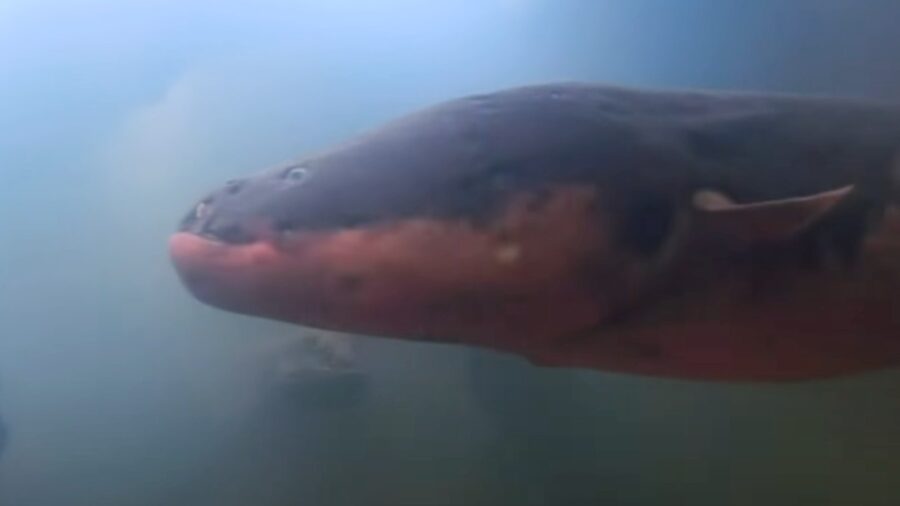
According to the NZ Herald, the Ministry for Primary Industries (MPI) is investigating the death of over 3500 juvenile eels, or elvers, in a stream in Northland, New Zealand. The elvers were discovered in the Kauritutahi stream by a resident named Amber Bosman as she took her morning walk with her children. The family spotted a large lump of dead elvers while walking over a bridge.
Stress Deaths
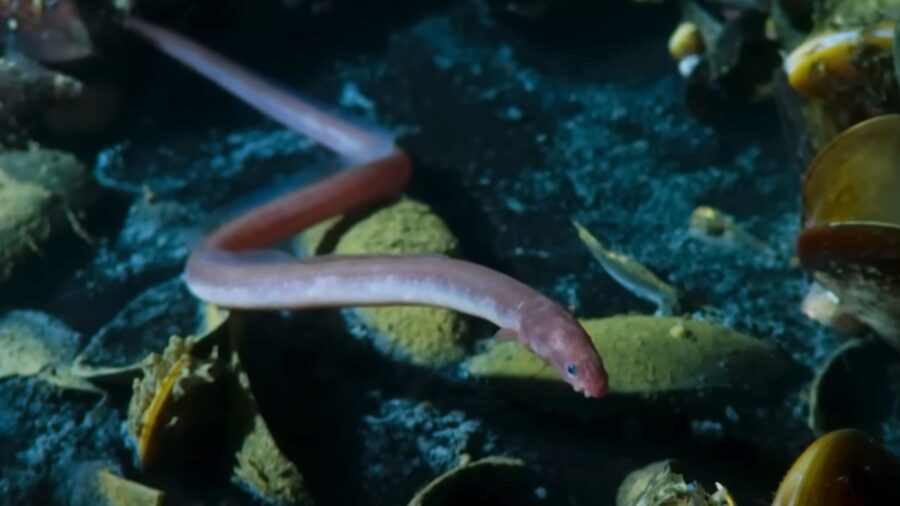
This is the second mass death of eels in New Zealand this year, as thousands of adult eels were found dead near Matuarau in Southland, New Zealand. Rissa Williams, who is the Biosecurity NZ acting team manager, said the MPI will start by ruling out exotic diseases as the cause of death. Interestingly, Williams suggested the cause of death may have been due to stress, saying “It’s possible the mortality could have been caused by a stress event.”
A Relocation Program
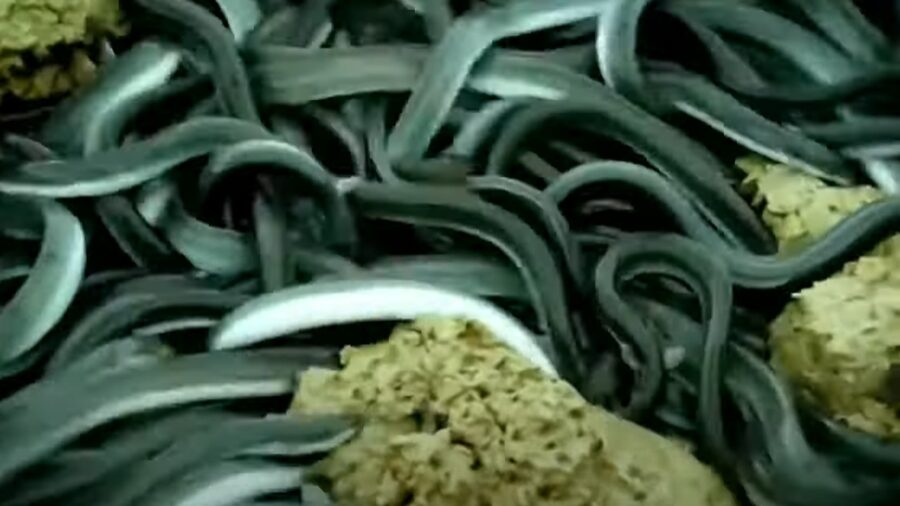
It’s possible that the death of the eels could be due to a trap and transfer program, which is run by Northpower and moves elvers and adult eels from the Wairua power station to different areas of the river. Josie Boyd, the COO of Northpower Network, says that the strategy for trap and transfers is under continuous review and adaptation, but the eel’s expected survival rate through the migration cycle was, unfortunately, low, around four to eight percent. There’s also the fact that the stream’s water quality has declined in recent years, according to Edwards, a member of the local guardian group in the area.
Is Climate Change To Blame?
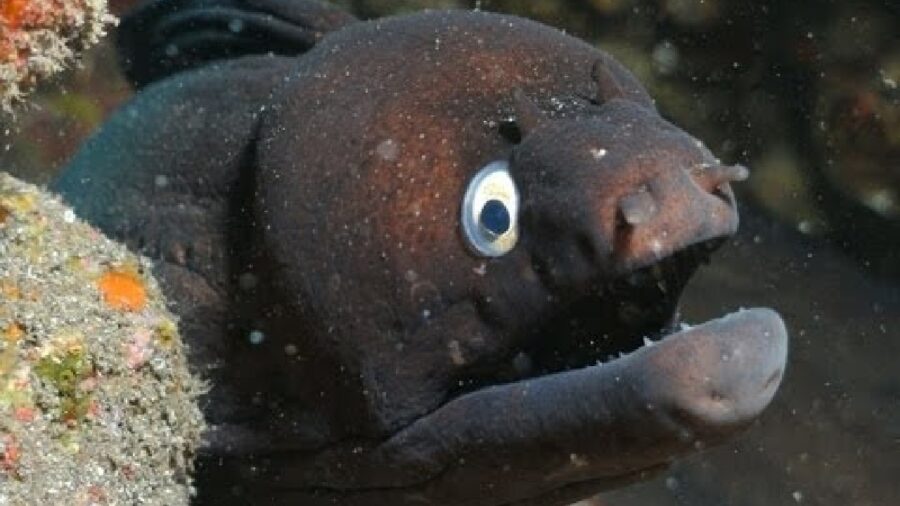
Meanwhile, Nga Kaitiaki o Nga Wai Maori is also launching an investigation, sending some of the dead juvenile eels to a lab for testing. Based on the data so far, Edwards suspects the stress event may be due to climate change. Edwards said that the animals thrive best in water temperatures between 16 and 18 degrees Celcius with dissolved oxygen levels between 7-8.5 mg/L, but recent tests indicate the stream is outside of those parameters.
Multiple Stressors
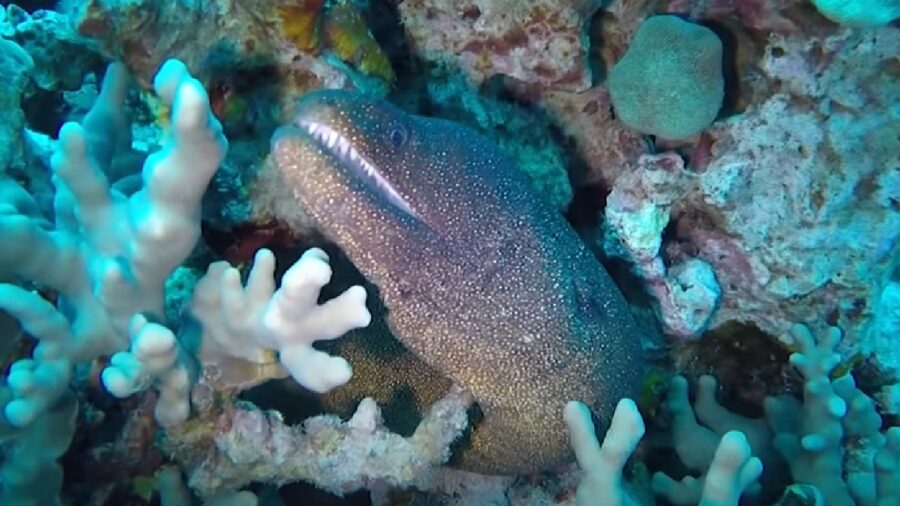
Edwards also pointed out that there was some algae build-up, which he points out generally happens “due to the stream water warming up.” He also noted there was limited to no water flow, which reduces the oxygen levels and increases toxins. Dr. Simon Stewart, a Cawthron Institute freshwater ecologist, also noted that stresses like ocean predators, climate change, pollution, absence of food, and other stressors face eels as they migrate to the Pacific Islands for spawning.
Eels Can Live For Decades
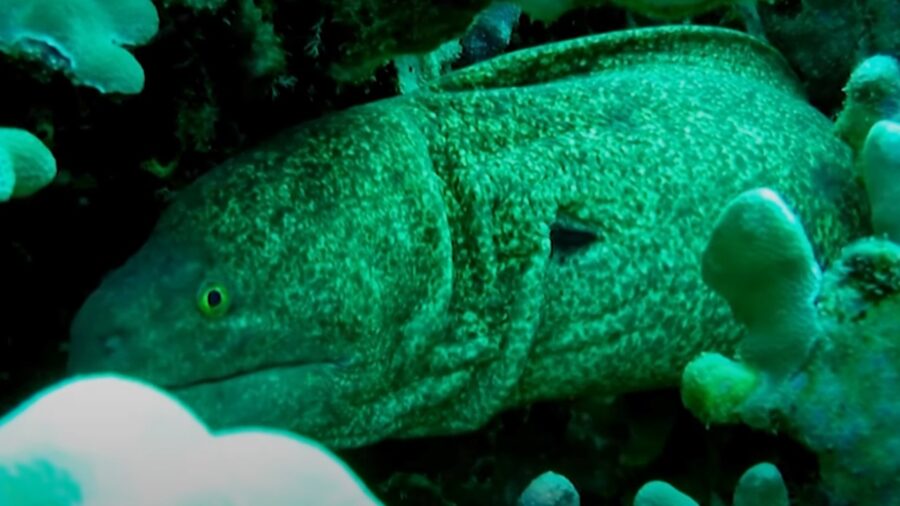
Dr. Stewart also noted that the eels dying in Northland is “quite sad because they already surpassed the majority of their obstacle-filled journey.” The lifespan of eels is around 11 to 52 years, so it’s certainly strange that these eels died at such a young age. Stewart pointed out that the health of waterways in New Zealand needs to be improved to help mitigate these situations.
With multiple groups conducting investigations into this eel incident, hopefully, they’ll be able to find the source of the issue and address it. With two mass deaths of the animal already happening in the area, further research may be able to help prevent another one. For now, the investigation and the lab results are pending.
Source: NZ Herald












